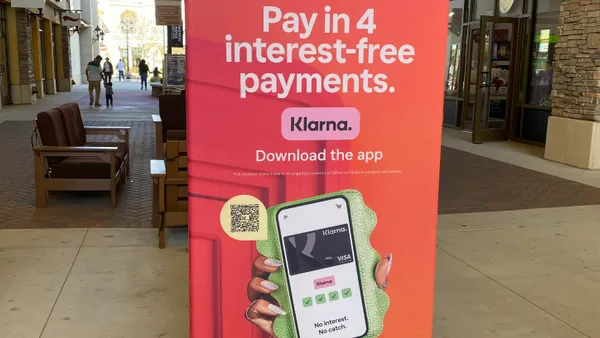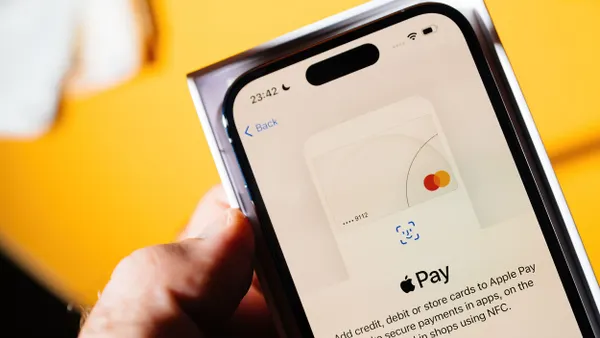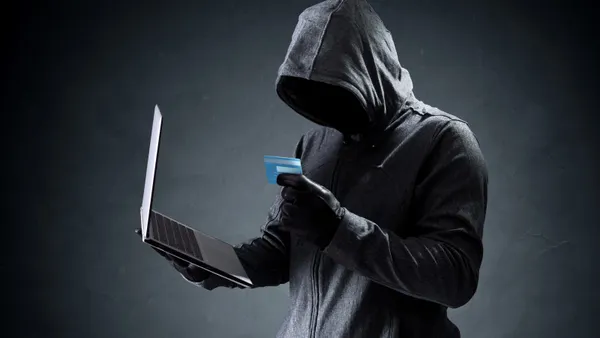Dive Brief:
- Credit card and debit card transactions using an extra layer of authentication are less likely to be approved than transactions that don't have that layer of security, Amandeep Batra, who heads global payments for Stripe, said during a podcast last week.
- Stripe ran a two-week experiment earlier this year on 3D Secure, a standard authentication protocol for credit and debit card transactions, Batra explained during an episode of consulting firm Glenbrook Partners' Payments on Fire podcast last Wednesday. 3D Secure, or simply 3DS, is widely used in Europe but not the United States, Batra noted.
- "The impact on approval rates was negative, compared to running similar transactions without additional authentication," said Bryan Derman, the podcast host and managing partner at Glenbrook, summarizing Stripe's findings. "We were surprised by those results."
Dive Insight:
"Our analysis suggests that issuers in the US perceived transactions requesting 3DS to be particularly high-risk, often declining these transactions more aggressively," reads an August blog post outlining Stripe's findings.
In 2016, the European Union implemented the Payment Services Directive to require improved security and transparency from the payments industry.
Stripe, which has dual headquarters in Dublin and San Francisco, has seen steady growth in the use of 3D Secure by merchants since then, even in markets not covered by the European Union directive, such as the United States, said Batra, who is a former product development manager at Mastercard.
"All parties in the payments ecosystem chain are probably working towards the same goal, which is to reduce fraud and to improve conversion [rates]" Batra said.
Generally, merchants and card issuers worldwide are seeking to reduce customer fraud in digital card transactions while not introducing ‘friction’ – or digital hurdles that slow the transaction – into the payment process.
Only a small portion of merchants in unregulated markets are using the service, Dewald Nolte, chief strategy officer at the Atlanta-based digital authentication company Entersekt said on the podcast. "We’re probably at about 3% adoption at the moment" in the United States, he said.
Stripe's findings come with some caveats, Batra said. Merchants and card issuers can use 3D Secure in two ways: they can require the payer to prove who they are, or they can opt for a frictionless transaction in which the cardholder's identity is not challenged, he said.
Stripe found no difference in approval rates when a cardholder was required to prove their identity, Batra said. But approval rates dropped for so-called frictionless transactions, when cardholders are not required to prove who they are.
Specifically, transactions on 3D Secure that require the buyer to prove their identity are approved 87% of the time, whereas unchallenged transactions were approved 82% of the time, according Stripe’s blog post.
A Stripe spokesperson did not respond to a request for comment.
The difference most likely stems from perceived risk, Batra said. Issuers tend to assume that merchants are using 3D Secure on riskier transactions and are more reluctant to approve those transactions when the cardholder is not required to prove their identity, he said.
Still, businesses using 3D Secure in markets like the United States, where it is not required, have had a good return on their investment, Batra contended. Merchants who use the service received more traffic and more balanced traffic coming through their sites, Nolte explained.













